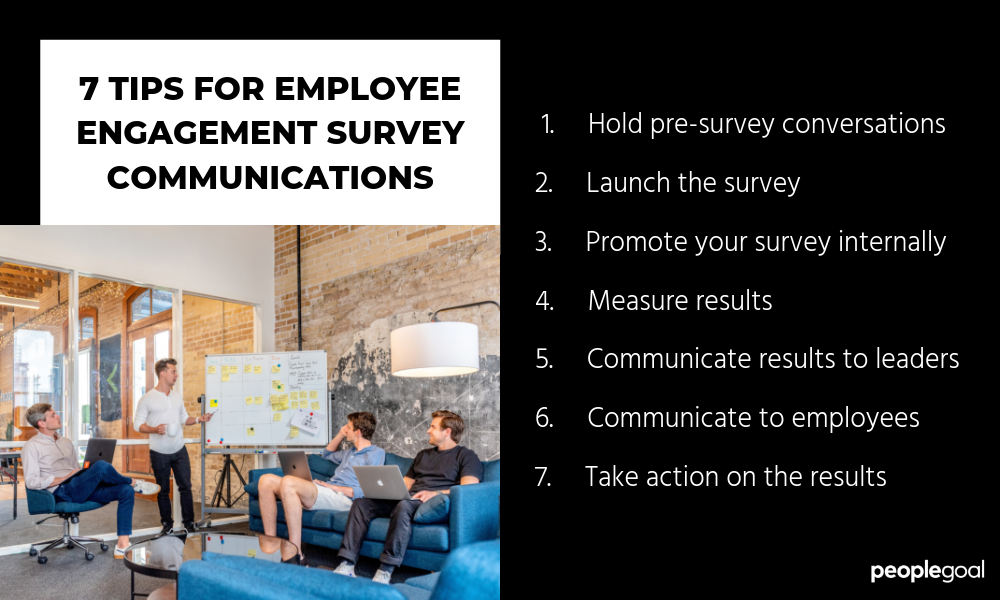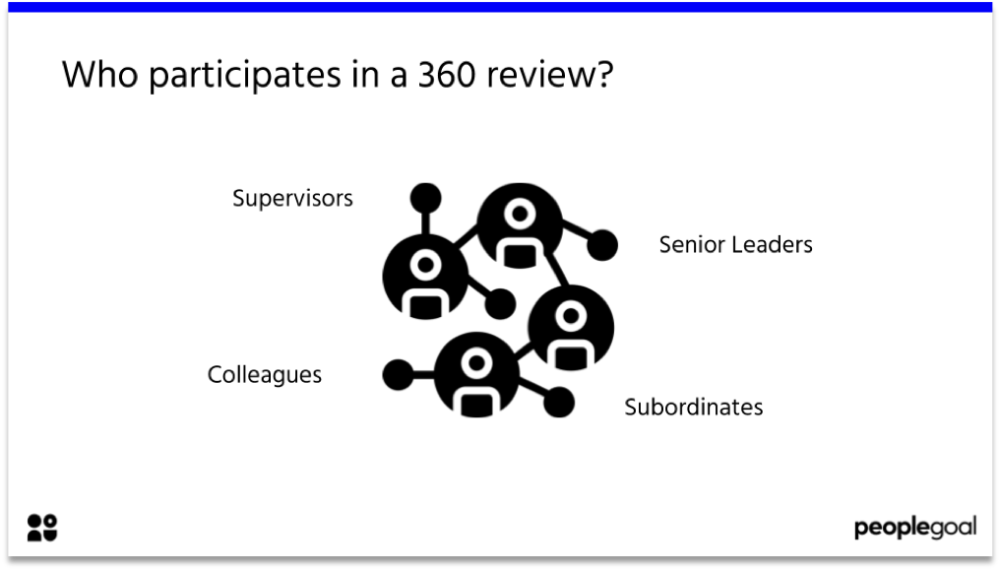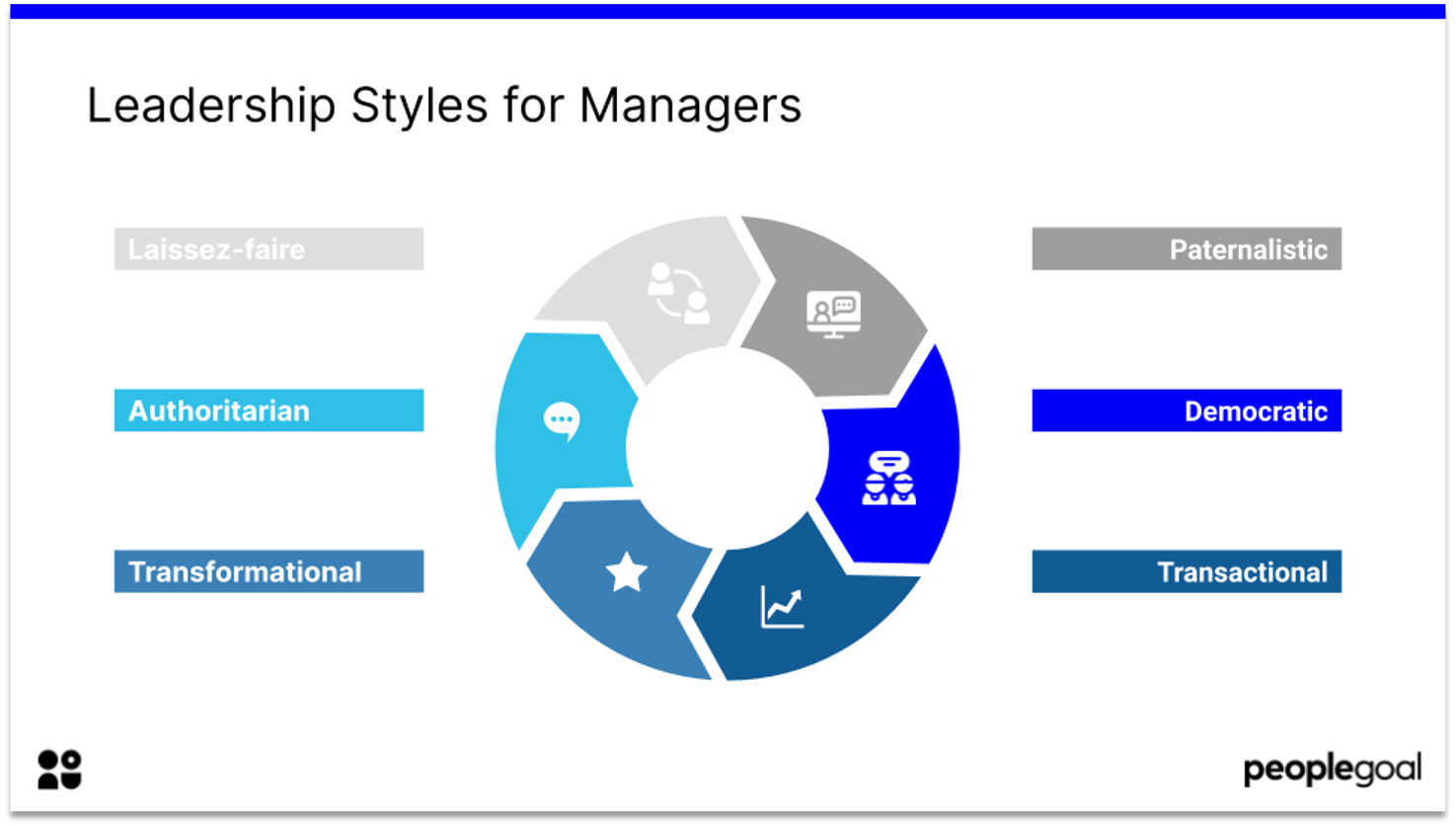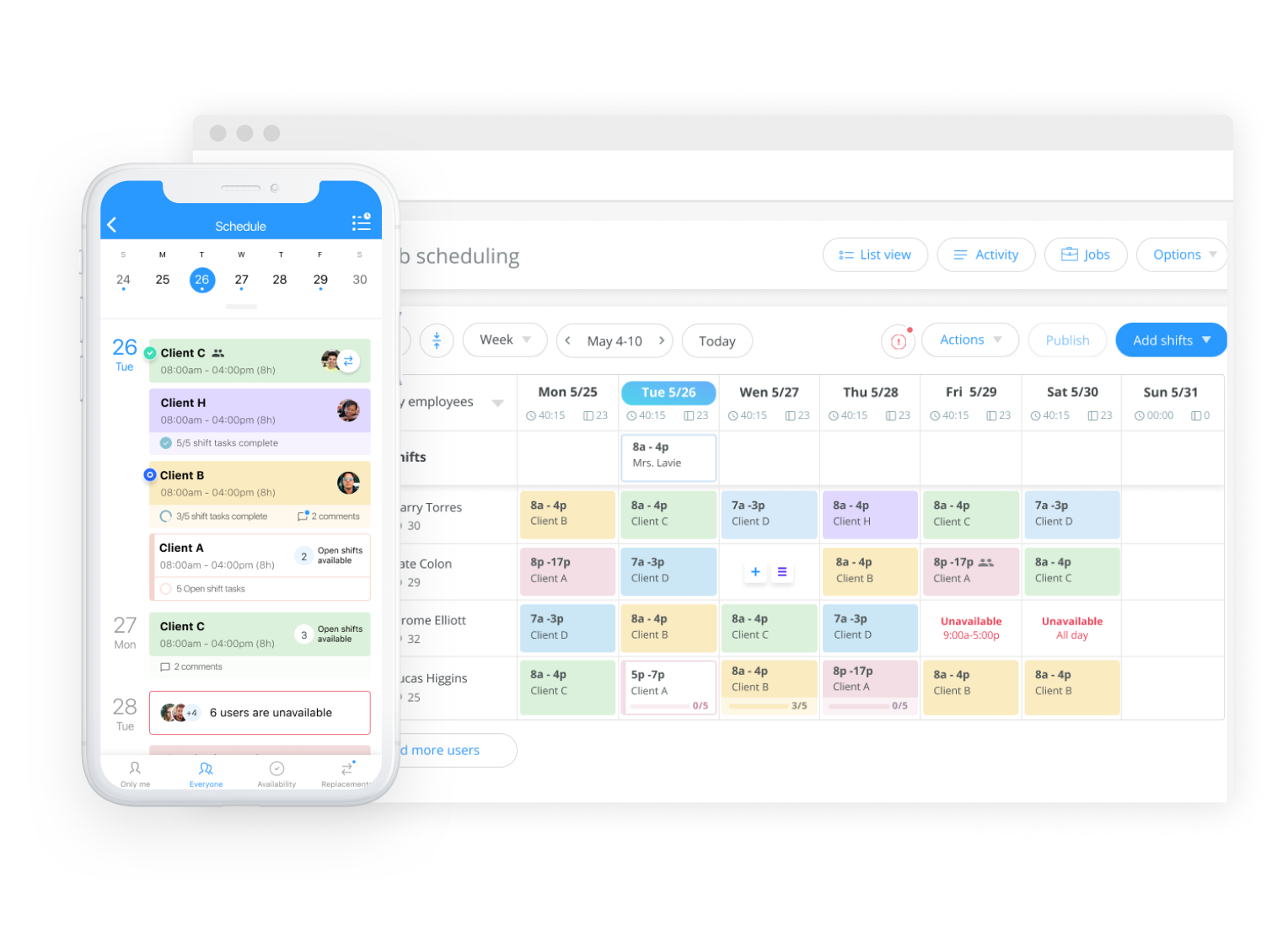Getting buy-in from the full organization is one of the most difficult parts of running an employee engagement survey. The engagement survey can be a powerful tool to build trust in the HR process, but only if you actually take action on what is submitted. Having a solid employee engagement survey communications plan in place before you roll out your next survey is crucial to achieving maximum participation and in setting yourself up to deliver something of real value to all employees.
There are a few key steps in the process you should plan for:
- Pre-survey conversations and design
- Survey launch
- Promoting your survey internally
- Measuring results
- Communicating results to leaders
- Communicating results to employees
- Taking action on the survey results
Once you’ve got the plan in place you’ll know before you even start who needs to be involved and how much time you’ll have to allow for each step.

1. Pre-survey conversations and design
Participation starts from the top down. We’ve seen time and time again what a difference it makes to a project’s success when you get the buy-in from the leadership team. This is where you should start with your employee engagement survey communications design. The leadership team will already have an idea of what aspects of the business they want to develop and you should build on these to construct your engagement survey questions.
Engagement metrics
Ask yourself why you’re running this survey. Engagement as a metric on its own is a useful benchmark, but it holds more weight when you focus on the business impact of high engagement. From Gallup’s research we see that organizations with high engagement (in the top quartile of those analyzed) realize 21% higher profitability, 24-59% lower turnover and 20% higher sales. Use your survey to identify the main areas that are bringing your overall employee experience down, rather than asking general questions like "Do you feel satisfied in your role?". Human Resources should be gathering concrete data to identify areas for improvement – you are the expert and the adviser in this process.
Best practices
If you’re designing your engagement survey for the first time it’s useful to look at industry best practices. Keep in mind that your cultural values and development goals are unique – what one business finds useful to track may be different to your company’s pain points.
Allow yourself at least two weeks to have these conversations and to map out the data points most useful to your organization.
2. Engagement survey launch
The next step in your employee engagement survey communications plan is to launch! Your initial message to all employees needs to highlight the "why" – their feedback is genuinely valuable, so make them understand that. It’s also helpful to mention who you’ve consulted in designing the engagement survey, to reinforce to the organization that it’s taken seriously by the leadership team.
Be clear on the deadline for participation and on what employees are expected to contribute. Give them an idea of how long the survey should take to complete so that they can set aside the time they need within their work schedule.
Always indicate the next steps you’ll be taking after the survey is closed. This sets the expectation that action will be taken on the results and that it’s not just a check-box exercise.
How you send out your initial communication depends on where your organization already spends their time. Try to fit the survey in to the existing workflow – emails can get lost in the mix. If you work in Slack, create a dedicated channel with a link to your survey. If you have a company intranet or resources page, create a survey page with a covering message and an email link.
3. Promoting your employee engagement survey
The survey should stay open for two to four weeks. During that time you’ll see an upswing in participation at the start and again just before the deadline. Don’t be discouraged, but make sure you’re nudging everyone along the way. Use recognition! Rewards and badges for early completion are an easy win. We’ve found that social recognition has the greatest impact on employee engagement and is twice as likely to improve individual performance.
If you can, post a quick update to thank everyone when a particularly interesting contribution has been made without sharing any details of what’s been said – confidentiality and even anonymity are important factors in gathering honest feedback.
Prompt managers to encourage their team’s participation. Getting another voice in the process gives teams a boost and reinforces again the importance of the exercise.
There’s no cut and dry template for this – base it around your unique organizational culture and your HR insight.
Closing off the survey
It’s tempting to make exceptions and extend your deadline. Doing so will only weaken the organizational impact of the survey and set you back in getting to your actionable items. Once you hit your deadline you need to send out a short message to everyone to close it off. This is the last the employees will hear from you on this topic for a while, so make sure to thank them for their participation. It’s a great idea to share with everyone the overall results and participation stats, and reiterate the next steps you’ll be taking.
4. Measuring results
How you analyze the data you’ve collected depends entirely on the key metrics you outlined in your initial conversation and design. Whether you’ve made use of a Likert Scale or a version of the Utrecht Work Engagement Scale, your data points should allow you to pull out common themes. Create specific segments and demographic spreads depending on the depth of your analysis tool. AIHR has a great read on measuring employee engagement the right way, and you can also benchmark your results against global trends.
When collating the results try to focus on themes that you can build out into to a story. HR has the unique insight into both raw data from the survey and the first-person employee experience. Combining these will be super helpful in presenting memorable takeaways to both management and employees.
5. Communicating employee engagement survey results to leaders
Leadership is the first group you need to share your results with. Prepare a short deck to present to your original stakeholders and make sure to tie in your findings with the development areas they highlighted as most important. Be honest with these results. This is not the time to be defensive. The point of the survey is to highlight actionable change, no matter how difficult that is to digest. The worst thing you could do is shelve the survey results away and pretend they didn’t happen. This would lead to a loss of trust in the organization, directly against the point of the whole exercise.
Connect your results with the business data and with industry research. Speak to the leadership team’s areas of interest – for example, a 5-point increase in engagement is linked to a 3% increase in revenue.
Next, collaboratively identify 3-5 actionable items that really mean something for your business, and ask for the leaders’ help to implement these. If you are talent planning and facing a leadership gap, what are the key factors you can draw from your survey that influence this? Then focus on the action around these – where do your insights tell you you can make a push forward and intervene? These actions might not be a massive overhaul of operations; they may be incremental changes you make over the next year or a quick win like rolling out a social recognition programme.
Lastly, provide some guidance for managers around discussing the survey results with their team. Gallup found that around 70% of the difference in engagement between business units was down to their manager. In short – if the manager cares, the employees will too.
6. Communicating engagement survey results to employees
Don’t let participants feel ignored – following up with all employees is the most important part of your survey. You can call an all-hands meeting to present your findings, but make sure you also post your written updates and meeting deck in the same place you opened the survey. Remember the themes you pulled out when measuring your results? This is the time to turn those into stories to capture real interest. Be visual and to the point. Nobody is interested in digging through reams of raw data – use charts and graphs.
Communicating back to employees should show that everyone’s ideas are valid and are being treated as such. Focus on delivering the action points you decided together with leadership, and be honest about how long changes will take to show effect. It’s absolutely fine if an action item will take a full year to complete in small increments, so long as everyone is told what will happen, when it will happen and who will make it happen.
Balance privacy (protecting the confidentiality of the answers) with transparency. Everyone appreciates an open, honest response to doing better.
7. Taking action on your survey results
The sole purpose of the survey is to take action. Gathering data and ideas needs to lead to direct intervention, otherwise you’re just taking a survey for the sake of appearing to listen. The great part here is that you’ve already secured the buy-in of your leadership team by consulting them first, so follow up with individuals if they are to be involved in making changes. Be clear on who in HR is driving this, when you should see progress and what outcomes you expect to achieve.
If you’ve focused your engagement survey on confidentiality (not anonymity) you can also follow up with specific employees to thank them and assure them their ideas are heard.
Moving forward
Use your employee engagement survey to start a conversation. It doesn’t need to be a big undertaking, but if the only time you’re hearing from the full organization is when you run your engagement survey once a year you’re going to miss out on a lot of new ideas and small wins.
Set up one to one meetings with those employees whose answers brought a new perspective. Great ideas come from all over the organization – acknowledge that and make time to hear them.
Consider combining the employee engagement survey with short, timely pulse surveys. They’re the business equivalent of continuous individual feedback and using these will help you to keep the conversation channels open throughout the year. In no time you’ll find yourself leading a culture drive of honesty and transparency that leads to real increases in the employee experience.
Ready to 3x Your Teams' Performance?
Use the best performance management software to align goals, track progress, and boost employee engagement.






